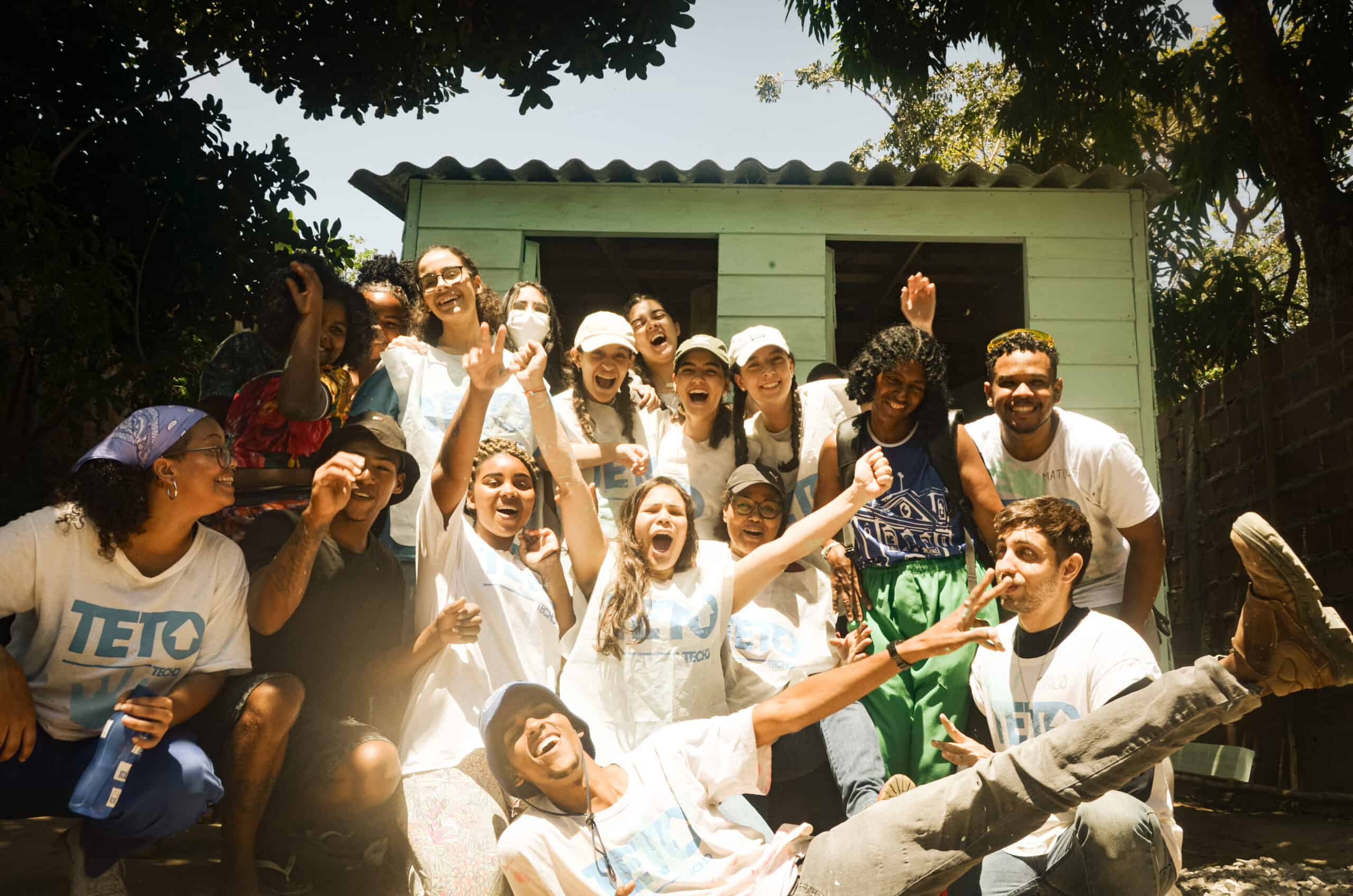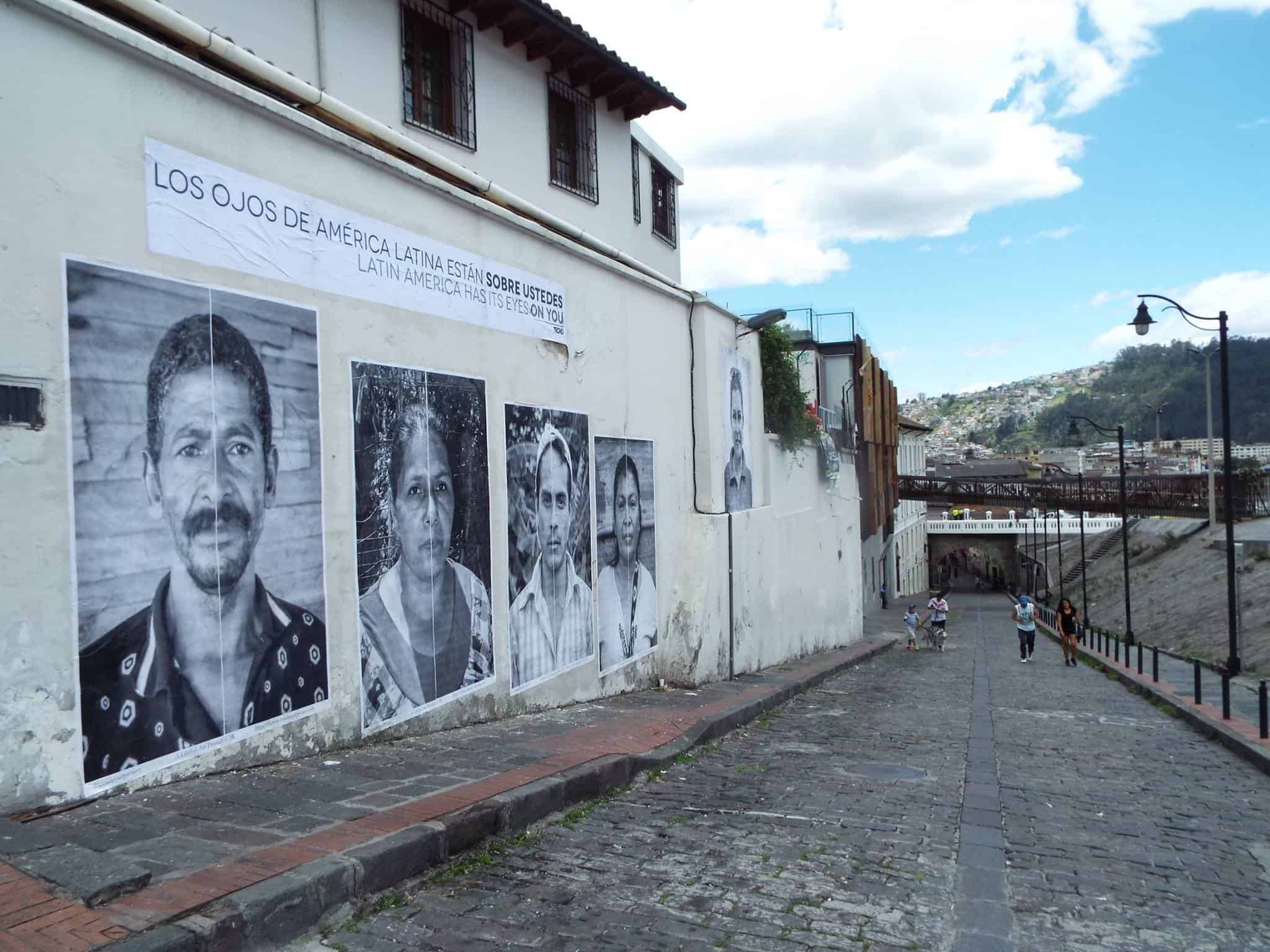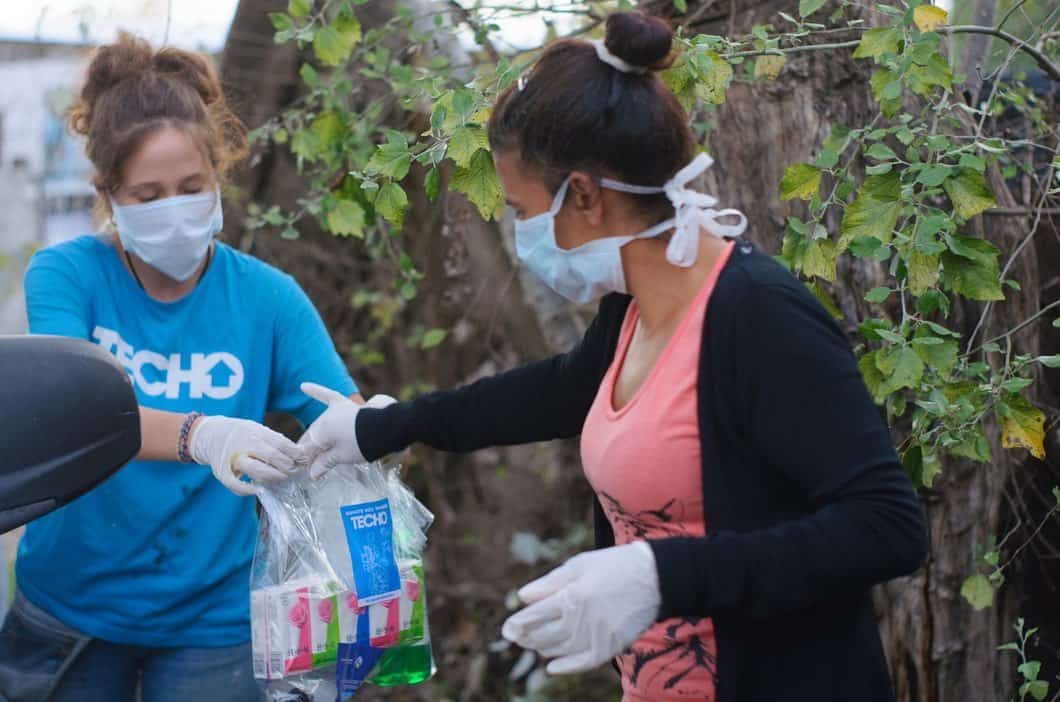En 2002, la Organización Internacional del Trabajo (OIT) declaró el 12 de junio como el Día Internacional contra el Trabajo Infantil con el propósito de concientizar del problema y promover iniciativas para resolverlo invitando a participar a gobiernos, empresas, sindicatos y la sociedad en general. Según los últimos datos sobre el trabajo infantil de la OIT, hay 168 millones de menores trabajando en el mundo.
El lema de su campaña para este año es “Ampliemos la protección social: ¡Eliminemos el trabajo infantil!” llamando a contribuir con medidas que mejoren y amplíen la protección social de los menores, en especial a niños vulnerables, como medio para que niños y niñas no se integren a estas labores.
Dentro de los instrumentos que posee la protección social están los controles médicos regulares y mejor acceso a la educación, evitando así que los niños y niñas ingresen a trabajar y tengan una mejor calidad de vida. Además, se implementarían programas públicos para ofrecer empleo a adultos, protección por desempleo y financiera para dar mayor estabilidad familiar y así disminuir el riesgo de que menores busquen empleo.
Actualmente, el 73% de la población mundial no tiene acceso a una protección social adecuada.
Si bien en América Latina y el Caribe se ha reducido el trabajo infantil, se estima que 5.7 millones de niñas y niños menores de 15 años trabajan. En su mayoría, estos menores trabajan en agricultura, pero hay otros que se desempeñan en sectores de alto riesgo como en la minería, vertederos, trabajo doméstico, esclavitud, tráfico de drogas, conflictos armados y explotación sexual.
Los menores que son de un entorno más pobre y de zonas rurales tienen más probabilidades de ser víctimas del trabajo infantil. Las niñas son las más afectadas, principalmente por el trabajo doméstico donde están expuestas al maltrato y la explotación. En cambio, los niños se arriesgan a trabajos forzosos y de carácter más violento.
Respecto a los motivos para trabajar, la primera razón es para tener su propio dinero. Sin embargo, las niñas declaran que como segunda razón es para ayudar a sus familias, en cambio los niños señalan que es porque les gusta y les entretiene.
Los niños tienen derecho a estar protegidos contra la explotación económica y contra el desempeño de cualquier trabajo que pueda ser peligroso, o entorpecer su educación, o perjudicar su salud o desarrollo físico, mental, espiritual, moral o social, acorde el artículo 32 de la Convención sobre los Derechos del Niño.
“La evidencia muestra que el trabajo infantil obstaculiza la inserción adecuada de los niños y niñas en el sistema escolar, incentivando la deserción de quienes trabajan. Asimismo, aquellos niños que realizan a la par actividades de trabajo y escuela, ven afectados otros espacios de su vida como la recreación, el juego, el descanso, la participación en actividades culturales y artísticas. En suma, se impacta gravemente una serie de derechos asociados al desarrollo integral de los niños y niñas”, explica Hai Kyung Jun, representante de UNICEF en Chile.
In 2002 the International Labor Organization (ILO) declared June 12 as the International Day against Child Labor in order to raise awareness of the problem and promote initiatives to solve it inviting governments, companies, syndications and the general society to participate. According to the latest data regarding child labor of the ILO, there are 168 million minors working in the world.
The slogan of the campaign for this year is “Extending Social Protection: Let’s eradicate child labor!” calling to contribute with measures that ameliorate and broaden the social protection of minors, especially vulnerable children, as a means for children to not get involved in these labors.
Within the instruments used by the social protection are the regular medical control and better access to education, preventing that the children go back to work and that they have a better quality of life. In addition, public programs will be implemented to offer jobs, protections from unemployment and financial protection to adults to give families more stability and therefore diminish the risk of having minors looking for work.
Currently, 73% of the world population does not have access to an adequate social protection. Even though in Latin America and the Caribbean child labor is reduced, it is estimated that 5.7 million children under 15 years old work. In its majority, these minors work in agriculture but there are others that work in high-risk sectors such as mining, landfills, domestic work, slavery, drug trafficking, armed conflict and sexual exploitation.
Minors that come from a poorer environment and rural areas have less probabilities of being victim of child labor. The girls are the most affected, mainly because of domestic work where they are exposed to abuse and exploitation. On the other hand, boys are at risk due to forced labor and of a more violent nature.
In respects to the work motives, the first reason is having their own money. However, the girls declare that, as a second reason, they do it to help their families; in contrast, boys point out that it is because they like it and it entertains them. Children have the right to be protected from economic exploitation and from performing any work that may be dangerous, or hinder their education, or harm their health or physical, mental, spiritual, moral or social development as per article 32 of the Convention on Rights of the Child.
“The evidence shows that child labor impedes the adequate integration of children in the school system, encouraging the desertion of those who work. Furthermore, those children that simultaneously work and school are affected on other aspects of their lives like recreation, the game, rest, participating in cultural and artistic activities. In brief, a series of rights are gravely impacted associated to the integral development of children”, explains Hai Kyung Jun, a UNICEF representative in Chile.




